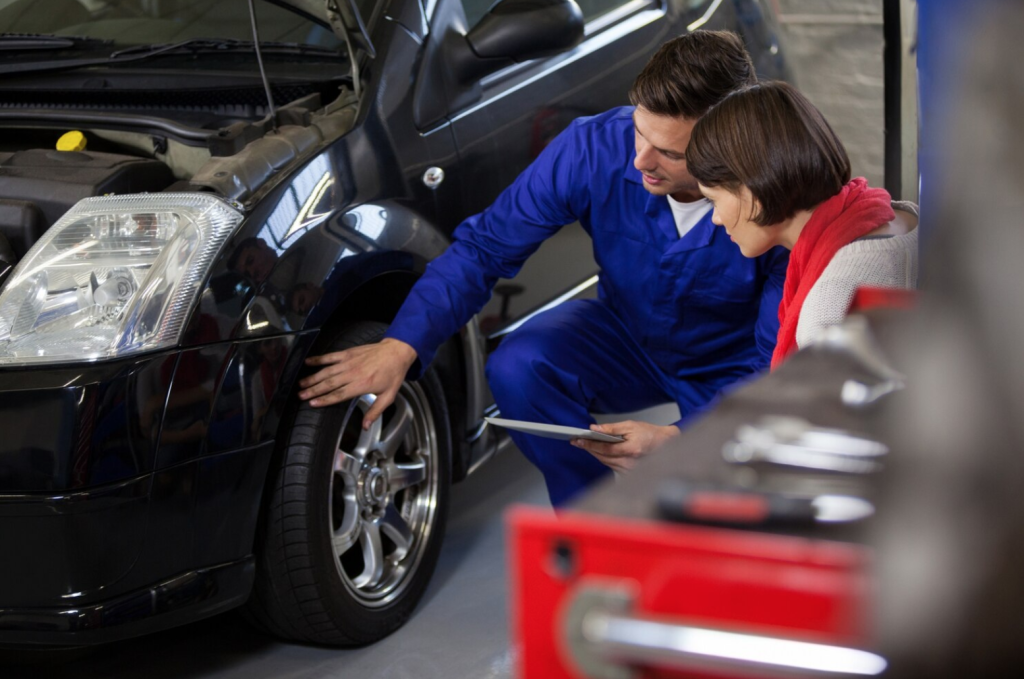Introduction:
- Setting the stage: The thrill of racing and the quest for maximum engine performance.
- Why engine tuning matters: Understanding how fine-tuning your engine can unlock horsepower and torque.
- Roadmap for the guide: A preview of the topics covered to help racing enthusiasts optimize their engines for peak performance.
- Understanding Engine Tuning Basics:
- Engine fundamentals: Explaining the internal combustion process and the factors that influence engine performance.
- Key performance metrics: Understanding horsepower, torque, compression ratio, and other critical measurements.
- Engine management systems: Overview of engine control units (ECUs) and their role in optimizing engine performance.
- Common engine modifications: Introducing concepts like intake and exhaust upgrades, turbocharging, supercharging, and nitrous oxide injection.
- Assessing Your Racing Goals:
- Defining your racing objectives: Identifying whether you prioritize acceleration, top speed, or a balance of both.
- Analyzing racing regulations: Understanding the limitations and restrictions imposed by different racing classes and sanctioning bodies.
- Setting performance targets: Establishing specific horsepower and torque goals based on your racing category and competition level.
- Budget considerations: Evaluating the financial implications of different engine tuning options and modifications.
- Engine Tuning Techniques:
- Intake system upgrades: Exploring the benefits of aftermarket air filters, cold air intakes, and intake manifolds for improved airflow.
- Exhaust system enhancements: Optimizing exhaust flow with performance headers, high-flow catalytic converters, and cat-back exhaust systems.
- Forced induction: Understanding the advantages of turbocharging and supercharging for increasing engine output.
- Engine tuning software: Harnessing the power of aftermarket engine management systems and tuning tools for custom calibration.
- Nitrous oxide injection: Exploring the use of NOS systems to provide temporary boosts in horsepower and torque.
- Internal engine modifications: Upgrading components like pistons, rods, camshafts, and cylinder heads for increased power and reliability.
- Installation and Testing:
- DIY vs. professional installation: Weighing the benefits and challenges of performing engine tuning modifications yourself versus seeking professional assistance.
- Dyno testing: Utilizing dynamometer testing to measure engine performance before and after tuning modifications.
- Track testing: Conducting real-world testing and fine-tuning to optimize engine performance under racing conditions.
- Data analysis: Interpreting dyno and track data to identify areas for further improvement and refinement.
- Real-World Examples and Case Studies:
- Profiles of racing enthusiasts who have successfully tuned their engines for competitive racing.
- Before-and-after dyno charts: Demonstrating the horsepower and torque gains achieved through engine tuning modifications.
- Testimonials and race results: Gathering feedback from drivers who have experienced firsthand the performance benefits of engine tuning.
Conclusion:
- Summarizing key takeaways: Recap of the important points covered in the guide.
- Encouragement to take action: Inspiring racing enthusiasts to embark on their engine tuning journey with confidence and determination.
- Resources for further exploration: Providing additional reading materials, online forums, and professional services for those interested in diving deeper into the world of engine tuning for racing.



